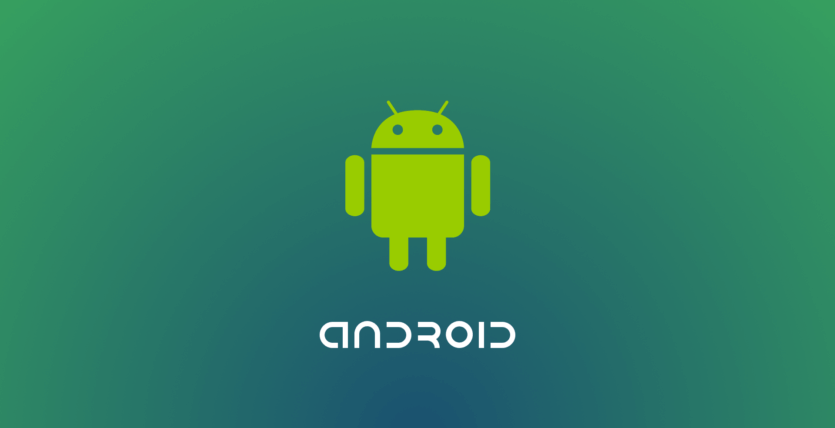android
Set Up Your Environment
- In Android Studio, create a new project:
- If you don’t have a project opened, in the Welcome screen, click New Project.
- If you have a project opened, from the File menu, select New Project. The Create New Project screen appears.
- Fill out the fields on the screen, and click Next.It is easier to follow these lessons if you use the same values as shown.
- Application Name is the app name that appears to users. For this project, use “My First App.”
- Company domain provides a qualifier that will be appended to the package name; Android Studio will remember this qualifier for each new project you create.
- Package name is the fully qualified name for the project (following the same rules as those for naming packages in the Java programming language). Your package name must be unique across all packages installed on the Android system. You can Edit this value independently from the application name or the company domain.
- Project location is the directory on your system that holds the project files.
- Under Select the form factors your app will run on, check the box for Phone and Tablet.
- For Minimum SDK, select API 8: Android 2.2 (Froyo).
-
- Leave all of the other options (TV, Wear, and Glass) unchecked and click Next.
- Under Add an activity to <template>, select Blank Activity and click Next.
- Under Customize the Activity, change the Activity Name toMyActivity. The Layout Name changes to activity_my, and theTitle to MyActivity. The Menu Resource Name is menu_my.
- Click the Finish button to create the project.
Your Android project is now a basic “Hello World” app that contains some default files. Take a moment to review the most
app/src/main/res/layout/activity_my.xml- This XML layout file is for the activity you added when you created the project with Android Studio. Following the New Project workflow, Android Studio presents this file with both a text view and a preview of the screen UI. The file contains some default interface elements from the material design library, including the app bar and a floating action button. It also includes a separate layout file with the main content.
app/src/main/res/layout/content_my.xml- This XML layout file resides in
activity_my.xml, and contains some settings and aTextViewelement that displays the message, “Hello world!”. app/src/main/java/com.mycompany.myfirstapp/MyActivity.java- A tab for this file appears in Android Studio when the New Project workflow finishes. When you select the file you see the class definition for the activity you created. When you build and run the app, the
Activityclass starts the activity and loads the layout file that says “Hello World!” app/src/main/AndroidManifest.xml- The manifest file describes the fundamental characteristics of the app and defines each of its components. You’ll revisit this file as you follow these lessons and add more components to your app.
app/build.gradle- Android Studio uses Gradle to compile and build your app. There is a
build.gradlefile for each module of your project, as well as abuild.gradlefile for the entire project. Usually, you’re only interested in thebuild.gradlefile for the module, in this case theappor application module. This is where your app’s build dependencies are set, including thedefaultConfigsettings:compiledSdkVersionis the platform version against which you will compile your app. By default, this is set to the latest version of Android available in your SDK. (It should be Android 4.1 or greater; if you don’t have such a version available, you must install one using the SDK Manager.) You can still build your app to support older versions, but setting this to the latest version allows you to enable new features and optimize your app for a great user experience on the latest devices.applicationIdis the fully qualified package name for your application that you specified during the New Project workflow.minSdkVersionis the Minimum SDK version you specified during the New Project workflow. This is the earliest version of the Android SDK that your app supports.targetSdkVersionindicates the highest version of Android with which you have tested your application. As new versions of Android become available, you should test your app on the new version and update this value to match the latest API level and thereby take advantage of new platform features. For more information, read Supporting Different Platform Versions.
See Building Your Project with Gradle for more information about Gradle.
Note also the /res subdirectories that contain the resources for your application:
drawable-<density>/- Directories for drawable resources, other than launcher icons, designed for various densities.
layout/- Directory for files that define your app’s user interface like
activity_my.xml, discussed above, which describes a basic layout for theMyActivityclass. menu/- Directory for files that define your app’s menu items.
mipmap/- Launcher icons reside in the
mipmap/folder rather than thedrawable/folders. This folder contains theic_launcher.pngimage that appears when you run the default app. values/- Directory for other XML files that contain a collection of resources, such as string and color definitions.
About The Author
